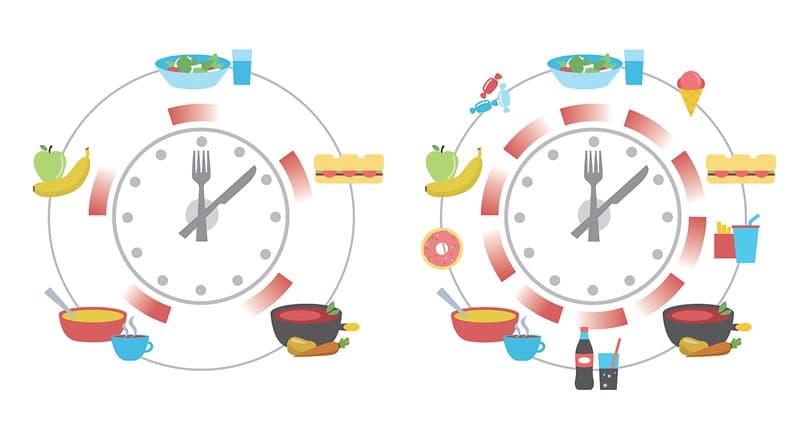What is Plaque?
The definition for dental plaque is “a substance containing bacteria that forms on the surface of the teeth” (Cambridge Dictionary). Wait – bacteria in my mouth? Yes, bacteria are always present in your mouth, and that’s normal. What’s not great is when they come together and stick to your teeth (or bridges, implants, crowns, or orthodontic appliances). That’s why you should clean all tooth surfaces, including between teeth, thoroughly every day.
How does plaque form?
Right after you’re finished cleaning your teeth, the oral bacteria start attaching to the surface of the teeth. They gather primarily between teeth and along the gumline. Bacteria thrive on sugars and together with food deposits, they form a sticky mass called plaque. Sometimes the word biofilm is used to refer to plaque. Plaque forms constantly and needs to be removed every day.





